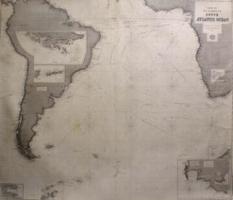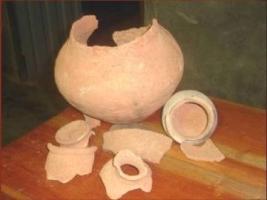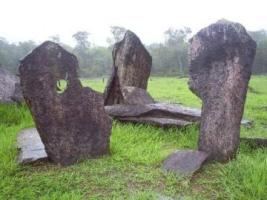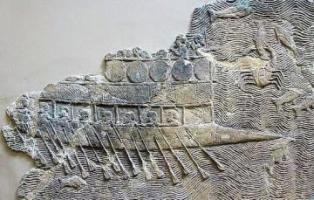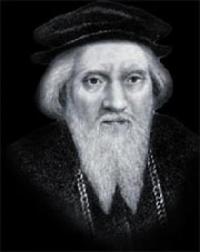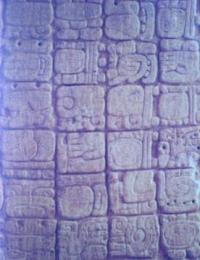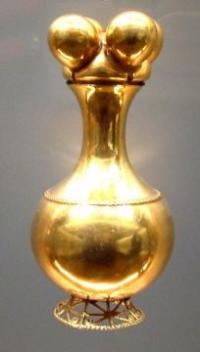PROPOSED NETIZENS LIST CHARTER

eZine lover (@eZine)
Published in
Netizens Digest
· 16 May 2024
The global computer communications network now stretches around the world. However, there are many places within reach of the Net which are currently not connected, either because of lack of money, of knowledge, or of other factors impeding online access. There are many Internet Service Providers (ISPs) and online services spreading, but these commercial entities do not guarantee that everyone who would be interested in connecting with the on-line world will have the ability to do so. Also, the personal computer is not affordable to a great number of people around the world. Just as it is important to the American society as a whole to co...

